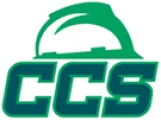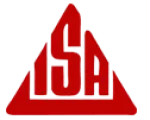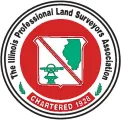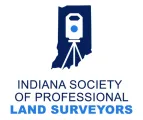According to a survey of over 200 public colleges and universities conducted by the Association of Physical Plant Administrators (APPA), the average size of a college or university campus in the United States is approximately 422 acres. That's over 650,000 acres of academic buildings, dormitories, sports facilities and administrative buildings across 1,627 public institutions that have physical campus locations in the U.S.
School campuses aren't what they used to be (at any level of education), but one thing that has not changed is the administrators' responsibility to campus safety and fiscal responsibility. Understanding the difference between public and private utilities can save your district thousand of dollars in unexpected repairs on any campus projects that require excavation.
You are required by law to call 811 before you dig, unfortunately they only locate PUBLIC utilities. These are commonly referred to as the lines that run from the utility's main to your meter. In some cases, there is a single facility and the meter may even be on the building. Unfortunately, that is often not the case on educational campuses. PRIVATE utilities are the lines that carry utilities from the meter to the facility or between facilities. They account for approximately 65% of ALL underground utilities and are NOT located by 811. They can include water, gas and electric, but more recently is the addition of sensitive and costly fiber-optic services, particularly on college campuses.
As technology continues to advance and become more pervasive in education, the number of Wi-Fi-dependent devices on college campuses has been increasing. It's safe to say that in modern college environments, the number of student devices, faculty & staff devices, classroom, safety, administrative and infrastructure devices that are dependent on continuous availability of Wi-fi can easily reach tens of thousands, depending on the size and technical sophistication of the institution. Fiber-optic connection provides significantly higher speeds compared to traditional broadband connections and allows for quicker downloads and uploads of large files, smoother video streaming and enhanced online learning experiences. It offers greater bandwidth capacity, reliability and stability and supports more advanced learning applications for virtual reality (VR), augmented reality (AR), cloud computing and other emerging technologies that are being integrated into higher education.
According to a December 2022 article (Cutting is Costly) by United Cooperative Services,
"Average drops to homes are about 200 feet, Turner said, and cost about $600 to replace. However, large fiber-optic cables could cost $15,000 to $20,000 to repair."
You can image how the costs increase in commercial applications, including educational campuses. We used fiber as an example for this article due to its prevalence in educational environments, but also to illustrate the financial implications of damages to the most costly utility to repair. While other utility damages may be less expensive to repair, you must also factor in the societal costs and increased danger associated with other utilities like electrical and gas.
Mason Private Locating partners with Universities and Schools to protect their infrastructure and investments with a full suite of complementary services to accurately detect and mark all underground utilities and structures on their campuses for a fraction of the cost of a single utility damage. The addition of Utility Mapping Services allows districts to confidently plan for future expansion of their facilities without concern of redesign or re-routing mid-project due to unknown utilities or structures. If you are a school administrator or a contractor that excavates on school campuses, we encourage you to include Private Locating Services in your bids or bid requests.
For a free estimate, please call (888)316-3933. Our Customer Service Representatives are cross-trained in the field to better understand the landscape of your projects, over the phone.













